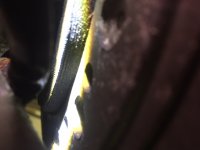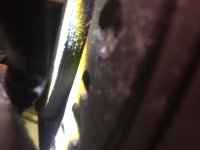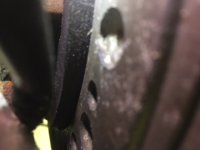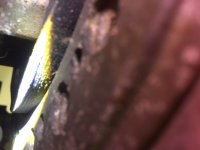Hi, resurrecting this old topic... but I have a condition on my 1973 Johnson 115: cylinders two and four have spark but one and three do not.
I wanted to test the 1 and 3 coils by swapping their leads in the powerpack with either #2 or #4 that was working.
I opened up the power pack and I put the #1 coil hot wire on the #4 spot and I put #4 in the #1 spot, tightening the small PP screws. I was surprised to see that both number one and number 4 both started sparking.
I then swapped the #3 coil with the #4 coil and both 3 and 4 started sparking. I was glad to see that both the #1 and #3 coils seems to work. But was surprised to see that #4 would work when tightened in the #1 or #4 spot on the PP.
I then put the #1 and #3 coils back to their rightful places on the PP and now neither will spark, just as it was when I started.
Does this point me to the stator as a problem?
I wanted to test the 1 and 3 coils by swapping their leads in the powerpack with either #2 or #4 that was working.
I opened up the power pack and I put the #1 coil hot wire on the #4 spot and I put #4 in the #1 spot, tightening the small PP screws. I was surprised to see that both number one and number 4 both started sparking.
I then swapped the #3 coil with the #4 coil and both 3 and 4 started sparking. I was glad to see that both the #1 and #3 coils seems to work. But was surprised to see that #4 would work when tightened in the #1 or #4 spot on the PP.
I then put the #1 and #3 coils back to their rightful places on the PP and now neither will spark, just as it was when I started.
Does this point me to the stator as a problem?





